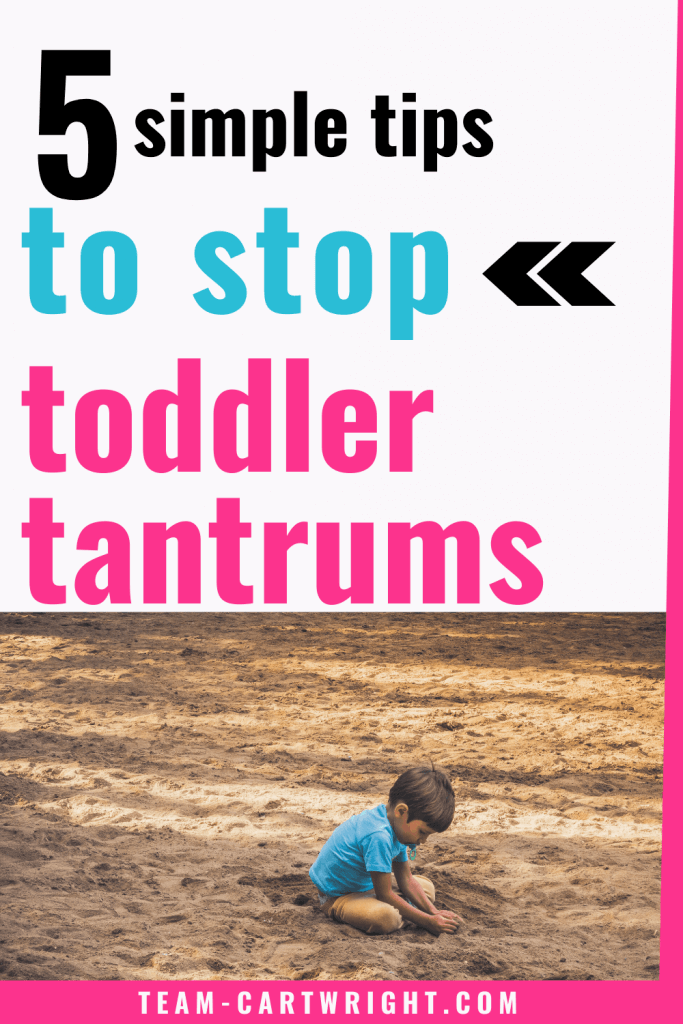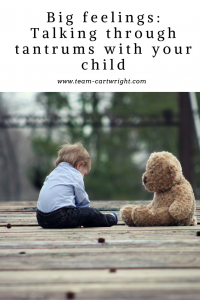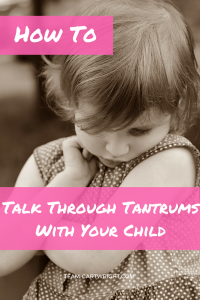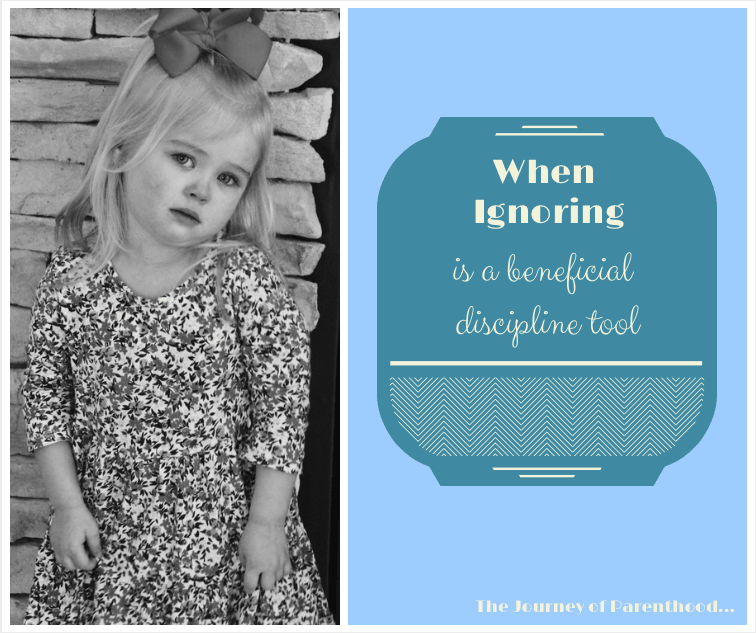Confession: When my son has a tantrum, I try not to punish him.
Oh, I don’t want him acting out like that. Tantrums are absolutely something to avoid and unacceptable behavior.
But I think tantrums in toddlers and preschoolers aren’t telling us that our children need more discipline or are out of control.
I think they are telling us our children are having some big feelings they don’t know how to deal with.
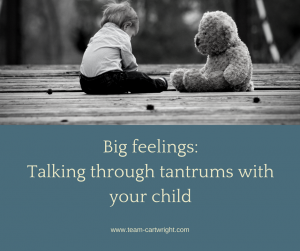
Yep, I am one of those moms who spends a lot of time talking about feelings. When my son is melting down I try my best not to respond to just his actions, but to really get to the heart of why he is having the tantrum.
I know, it sounds crazy to think a two or three-year-old can get into the reasoning behind how they are behaving. I don’t expect a total introspection session or anything, but I have seen that taking the time to help my child think through the whys does impact future behavior.
Slowly he is learning to self-regulate.
My ultimate goal is to help my children become adults who can recognize and respect how they feel, without letting those feelings control them.
So, kid’s having a tantrum. What do we do?
What's In This Post?
Talking Through Tantrums
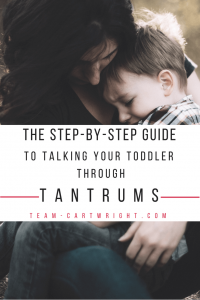
Leave the trigger zone and go to a safe space
I usually do send Ben to sit on his bed if he is tantruming hard. This is for a few reasons.
One is so we can get away from whatever is kicking off the tantrum. Sometimes just stepping away from the situation helps.
Two it gets us into a safe space away from the girls. Ben doesn’t do anything to put them in danger, but if he is throwing things or running around I don’t want him to accidentally run into them.
Additionally, I try not to discipline Ben in front of his sisters or other people. Oh, he gets some admonishments and reminders of rules in front of them. But I feel the real deep discipline is best done without an audience.
Ali and Sammy don’t know what is going on yet, but I do think they can feel the negative atmosphere that can go along with a tantrum. I don’t want shame to be a part of our discipline approach, so I don’t want it to be a spectator activity.
Getting Ben away from everyone else lets him focus on what he needs to work through. It also lets me give him more of my focus and attention.
Finally, Ben loves his room and his bed. This is a place he feels safe. Feeling safe is a big deal. If he feels he is in a good place it is easier to calm down and process what is happening. It takes away some of the adrenaline reaction that can take place when emotions get too overwhelming.
Learn the simple behavior mantra we use every day: 6 Words for Good Behavior in All Situations
Give everyone a chance to calm down
I usually don’t go right into the room after Ben does. I give him a moment to calm down.
I also give myself a moment to collect my thoughts. I am the adult in this situation, I need to make sure I act like it. It is so easy to get frustrated and take the behavior personally. I take a moment to think through how I want to handle the situation.
Taking a moment lets me make sure that it is practical and safe to take some time to talk through the situation. Are Ali and Sammy in a safe space? Did I leave anything on the stove, or anything out that shouldn’t be unattended?
By pausing I can be sure everything else is safe and I can give myself the time I need to handle the situation.
Time in
Once I make sure I am calm and everything in the house is safe to be left alone for a few moments, I step into Ben’s room.
Here the approach varies a bit. If Ben is having a tantrum over something he knows he is not supposed to do I give him a chance to apologize. Often I have to help him work through the words and remember what he has done.
If he is still upset I hug him until he calms down a bit. Then he has to sit back on his bed until we finish our talk.
It seems counter-intuitive sometimes to offer hugs and reassurances when our children misbehave. But the thing is, they still need us even when they do something wrong. I want Ben to know that I am always on his side, no matter what. It doesn’t matter what he did, I am there for him and I love him.
If I don’t show him that I love him and am still a safe person to talk to when the transgressions are little, how is he going to know he can come to me when he is older and the stakes are higher?
My job as a parent is to show discipline and teach him the rules, but it is also to show him love no matter what.
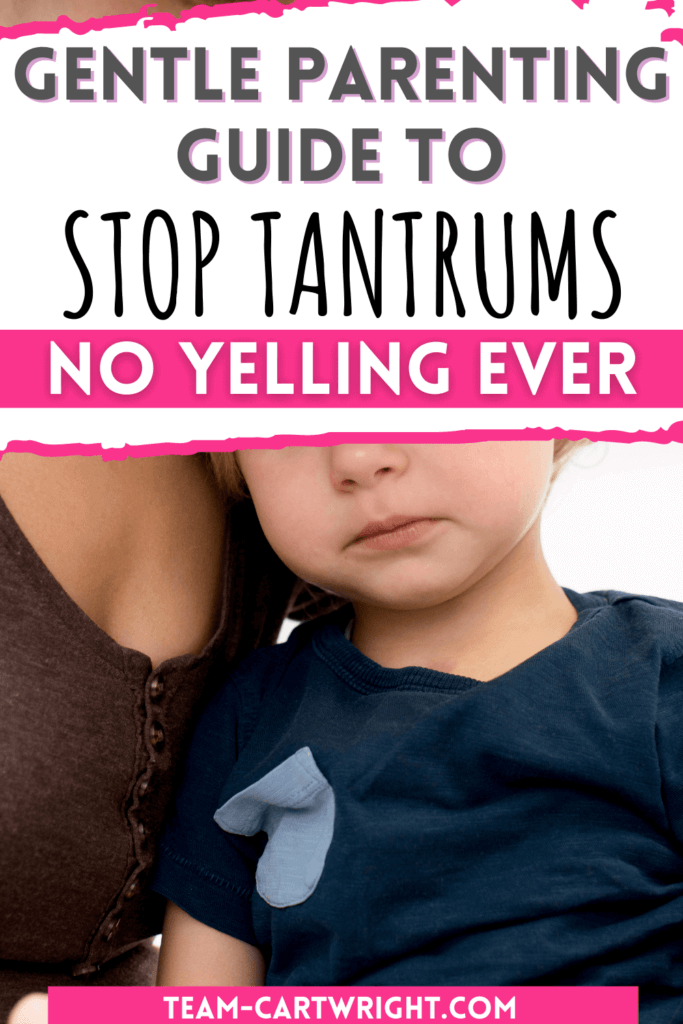
The Talk
Alright, now we are in the meat of the interaction. Once Ben has calmed a bit and apologized for the tantrum, I try to help him name his feelings. This helps him build his emotional vocabulary and recognize what he is feeling. I think when we name his feeling he can more easily recognize what caused that feeling.
We can start building his toolkit of how to handle his feelings. Is he angry? Sad? Frustrated? I tell him how I feel too. My hope is that this helps him see how his actions impact others.
(As your child grows older you can teach them to journal or write out their feelings. Learn more here: Journaling for Kids.)
After we have named his feeling we talk about what that means and appropriate ways to channel that feeling. I never want him to think what he feels is wrong. His feelings are legit.
He can feel any way he needs, but he isn’t allowed to act out any way he wants.
We spend a lot of time practicing taking deep breaths. (And if you think three is too young for this you’d be surprised. He can employ this method on his own! Sometimes at least. 🙂 )
For sadness, we can hug our lovie or ask for a hug from mom or dad. We can think about why something made us sad. For example, we are sad we can’t watch a tv show. Can we think of a time when we will get to watch a show? Can we think of other fun things to do?
For anger, Ben can hit his bed. I don’t want him to think it is okay to physically lash out at others. But I know having some sort of physical outlet to release anger can be helpful, so Ben needs a safe place to do that.
For anger and frustration, Ben can ask for help. He can squeeze his fists. We are always working on relaxing our shoulders along with our deep breaths.
For all of his emotions, I am trying to teach him to name his feelings out loud. He is allowed to tell me any way he feels.
You’d be amazed at the change when I told him he is allowed to say, “I’m mad at you, Mommy.” The first time I told him he could be mad at me his anger almost melted right in that second. Having the freedom to feel is huge, and goes very far in diffusing unwanted actions as a result of those feelings.
I tend to repeat myself a lot. But Ben is three, and repetition works. I try to parrot back how he feels so he knows he is heard. At any age knowing your thoughts are getting across matters. No one likes to feel misunderstood.
(Learn how to start every day right: How a Simple Morning Meeting Creates a Positive Day)
Final actions
After we have talked that is usually the end. I don’t really like prolonged punishments, I don’t think they are super effective on a three-year-old. Ben needs to apologize to whoever had to witness the tantrum.
My goal with this is not to embarrass him, but to show him his actions impact those around him. Yes, this usually means that he is apologizing to one-year-olds who have no clue what is going on, but still, I think the exercise has a point.
We also decide how to re-handle the situation that caused the tantrum. This can mean getting a different toy to play with. It could be asking for help. Basically, we re-do what happened.
Not at home
These steps all work great if you are at home. But what about tantrums when you are out and about? You can still use the same basic ideas.
Instead of your child going to a safe space, you can just pull them aside and have them sit for a moment. The key is to get away from the trigger zone that has caused the tantrum. If there is a safe space for them to calm down alone great.
If not it can work to calm yourself down right next to them. You might not actually need to calm down, but take a second to center yourself. This gives your child a moment to pull themselves together a bit too if they are able.
The rest of it, the hugging, the talking, the final actions can all take place wherever you are.
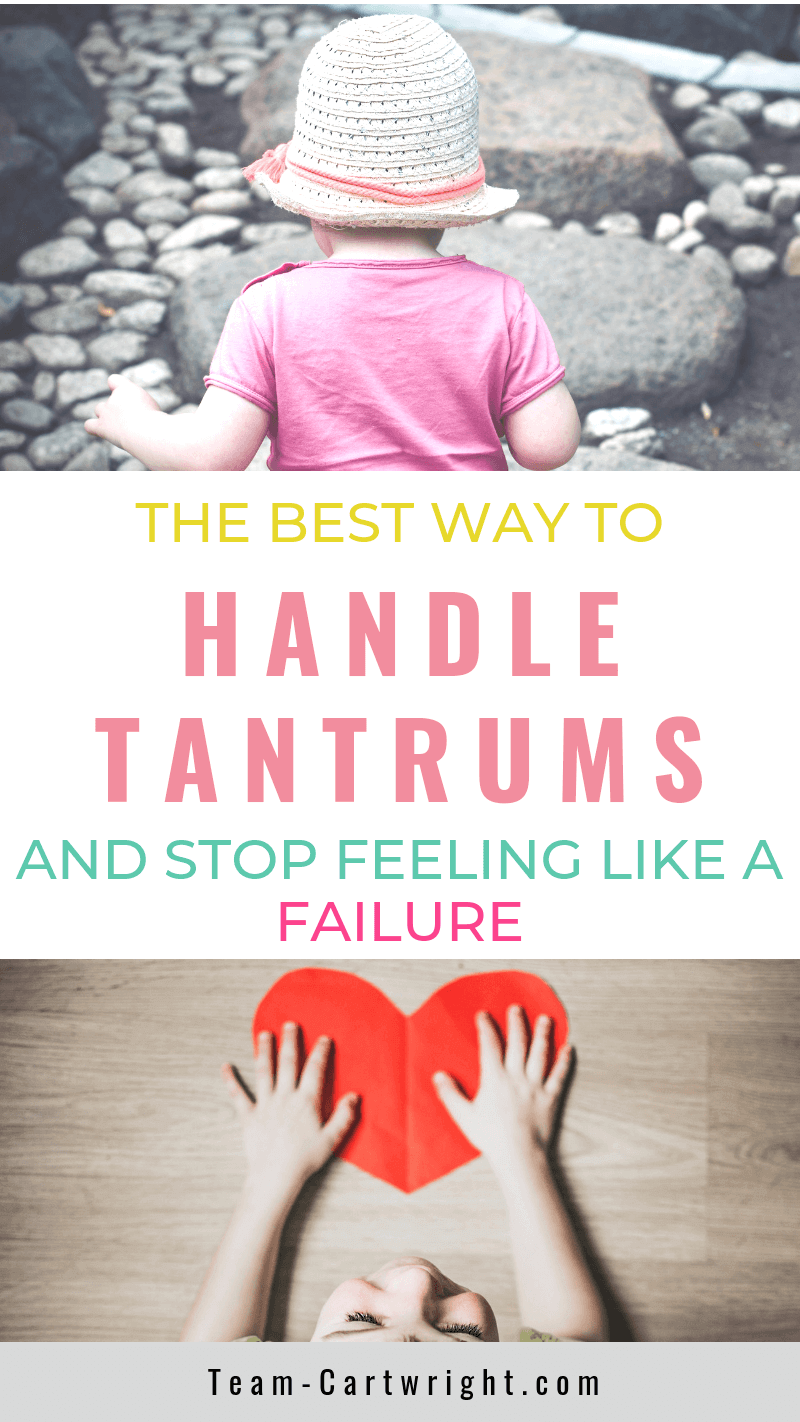
Conclusion
I have found this works best in tandem with other methods. For example, if Ben throws a non-throwing toy he still loses that toy for a bit after we talk about the tantrum. A tantrum isn’t a way to get out of consequences.
They are two separate issues. Repeated tantrums over the same issue probably need a different approach. But overall I have found this to be very effective.
A big reason for tantrums at this young age is not knowing how to handle these big emotions, and not feeling like you are being heard. Taking the time to work through feelings builds a child’s emotional vocabulary and starts them on the road to working through challenging feelings in a positive way.
It really does pay off to take the time and get to the why behind the what.
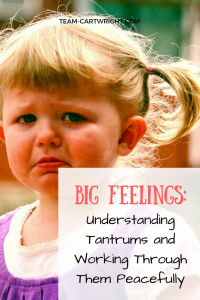
Here are more helpful posts to check out!
Monday: Valerie at Chronicles of a Babywise Mom: How I Discipline Without Spanking
Tuesday: Natasha at Let’s Be Brave: Disciplining Foster KidsWednesday: Katrina at Mama’s Organized Chaos: Knowing and Teaching the Final Desired Result Thursday: Kimberly at Team Cartwright and Carrie at Wiley Adventures: Discipline as DiscipleshipFriday: Emily at The Journey of Parenthood: When Ignoring is an Effective Discipline Approach
